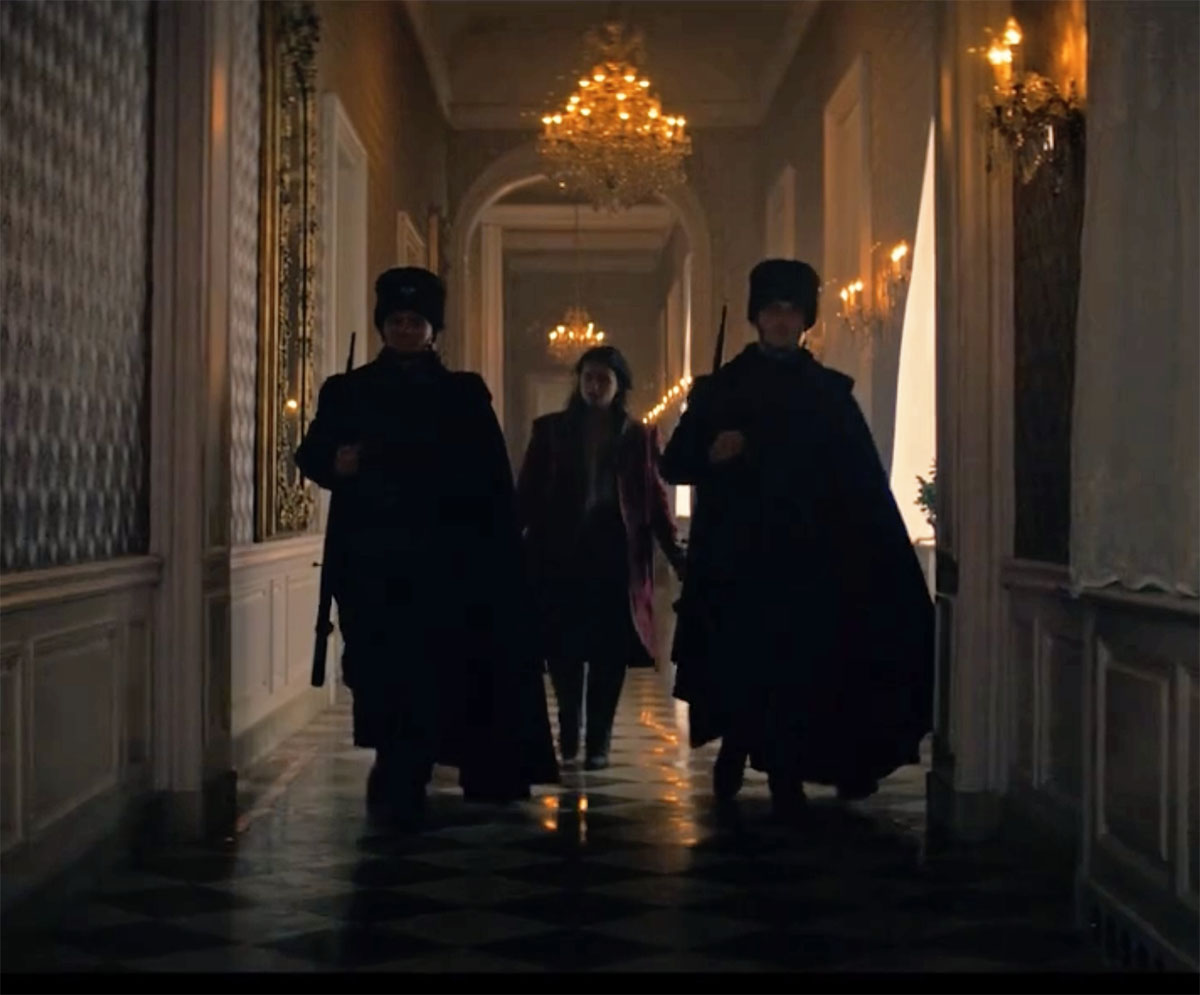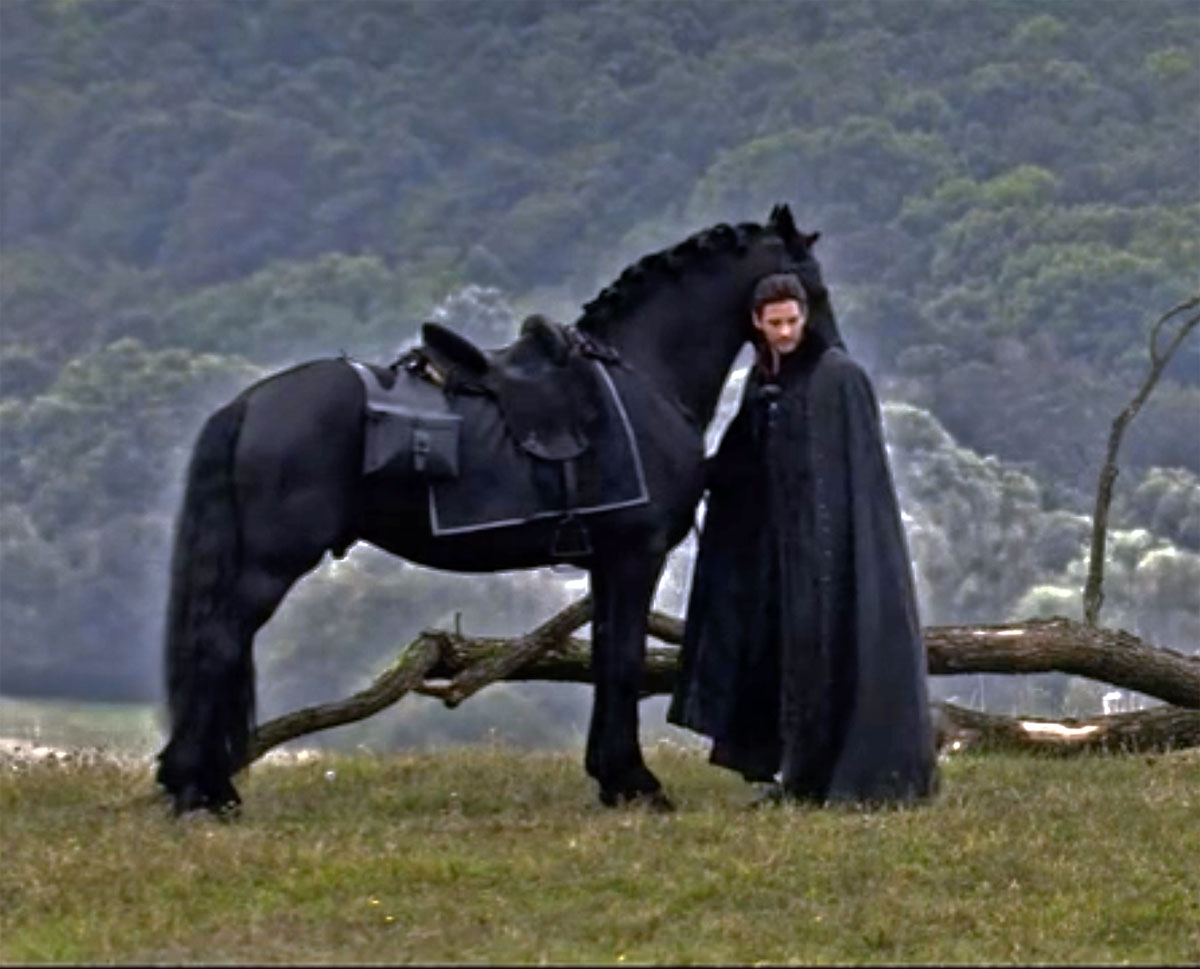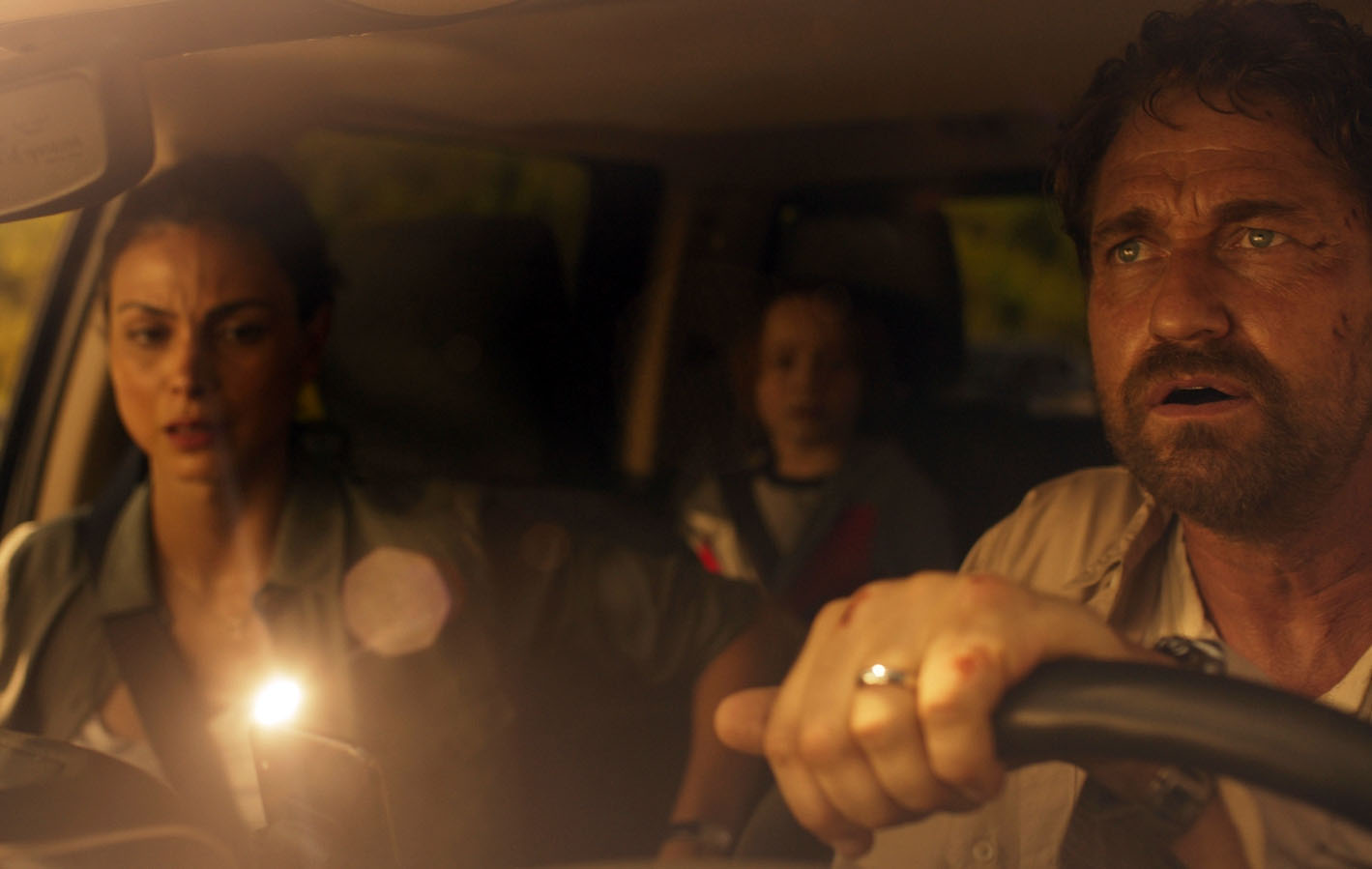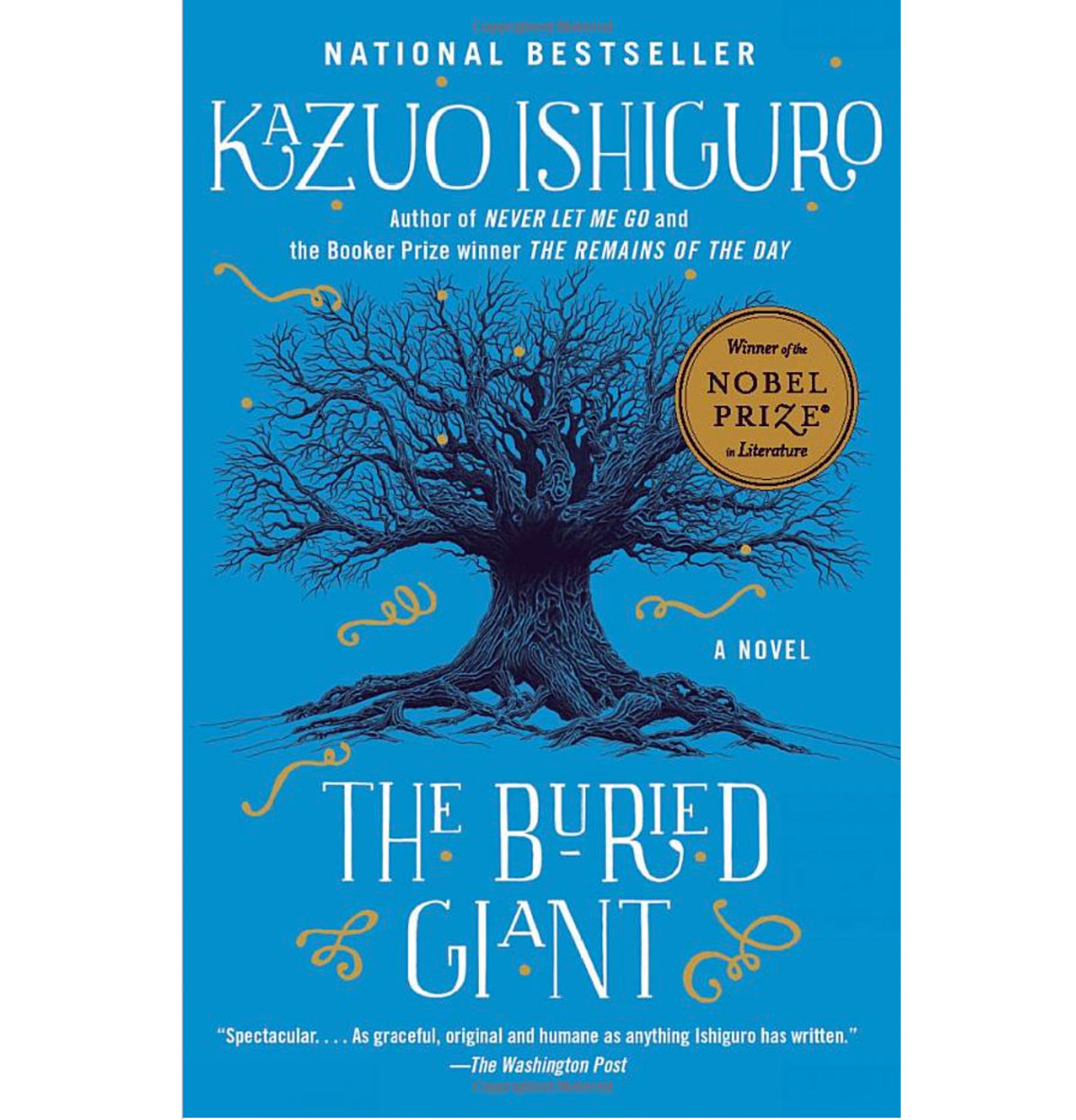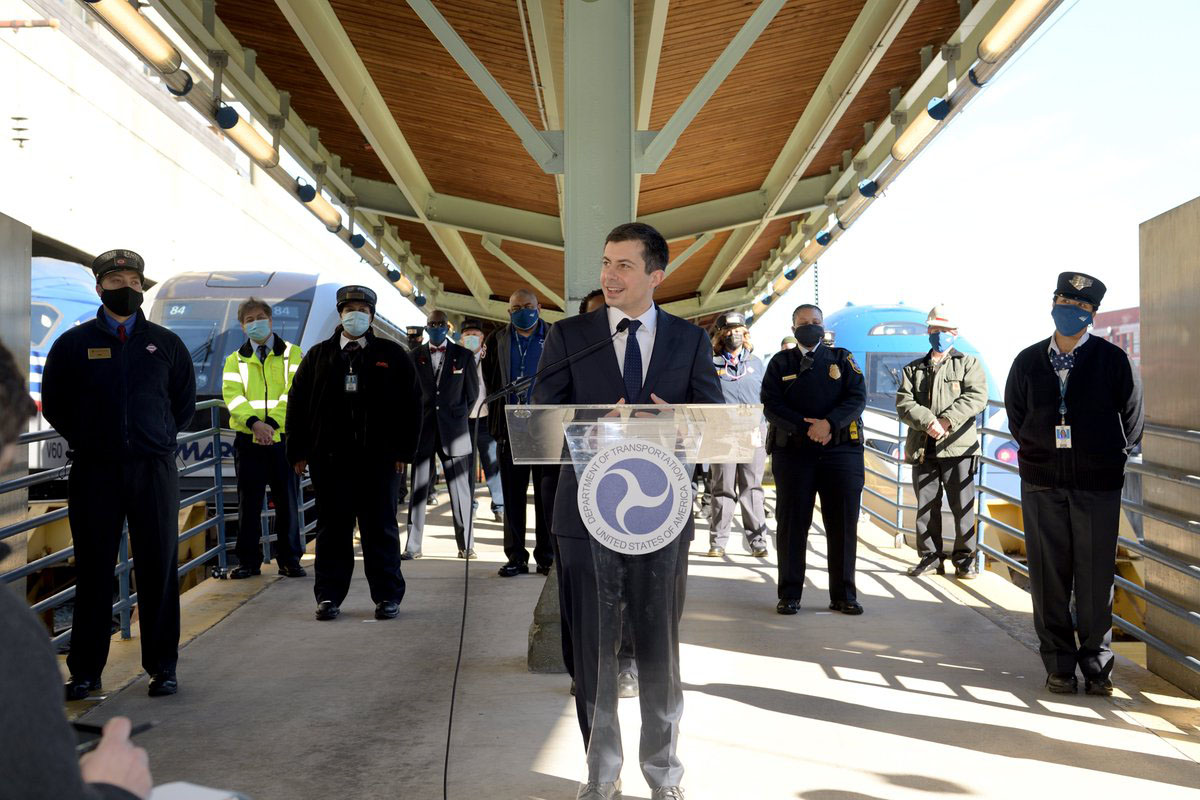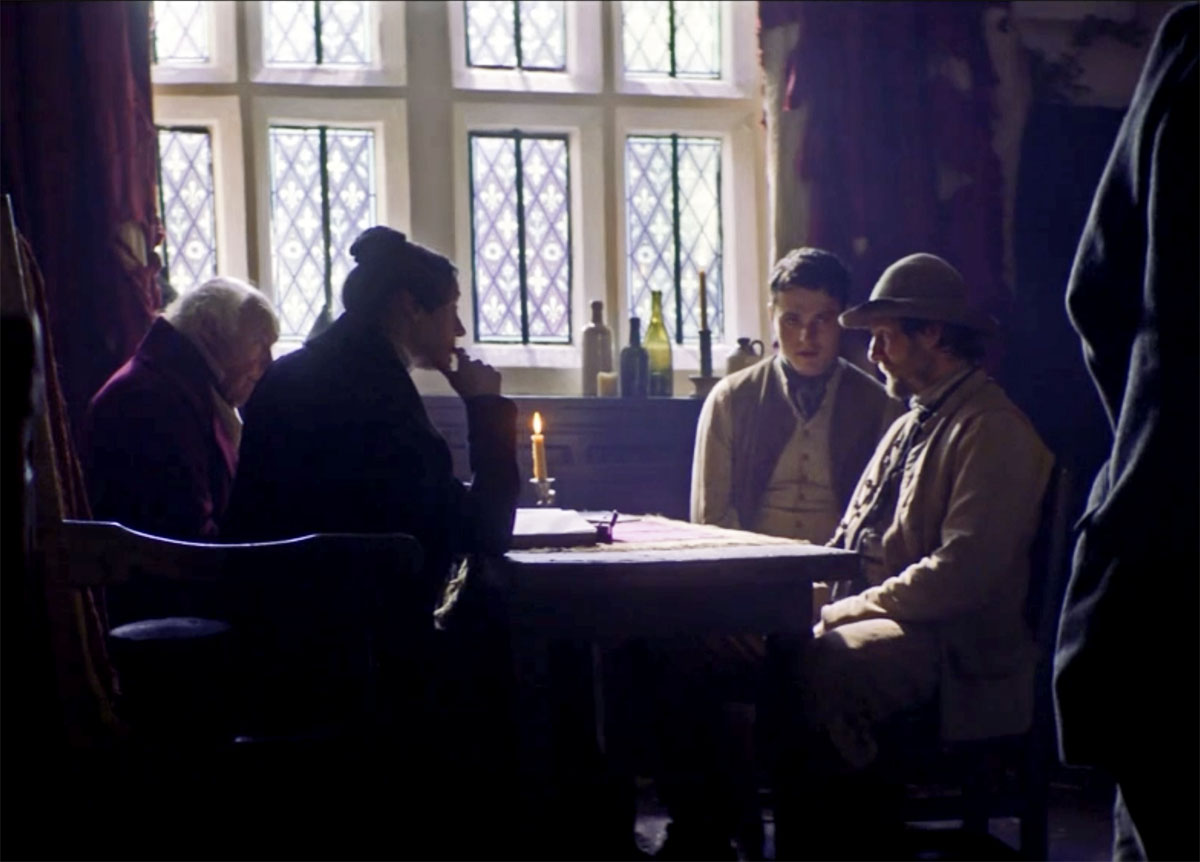Please read the first paragraph before listening…
The first important thing about La Marseillaise, I think, is that it is a hymn. Hymns typically are written in four-part harmony for singing — soprano, alto, tenor, bass. This hymn has been subjected to an infinite number of variations, improvizations, and outright murders. It’s not easy to find a recording of the hymn sung in (fairly) simple four-part harmony. The above performance by the “the Minionaires” was as close as I could find. Now listen to the Minionaires. It’s only one minute and 44 seconds long…
As far as I can tell, it was only recently that the origin and true composer of La Marseillaise was questioned. Traditionally, the hymn is attributed to Claude Joseph Rouget de Lisle, in 1792. But was de Lile — gasp — a plagiarist? You can read on the web that, before he died, de Lisle confessed to the true source of the anthem. (He lived until 1836.)
If scholars have confidently established the truth about the history of La Marseillaise, I’m not aware of it. However, there is evidence out there that we all can hear!
A good starting place is Mozart’s Piano Concerto in C major, K. 503. The link below is an excellent performance of this concerto. The entire concerto is worth listening to, but if you’d like to hear the bits that sound like La Marseillaise, then skip to minute 12 or so, before the cadenza begins at 13:20. The literal quote from La Marseillaise starts at 15:03, but you’ll hear it coming long before that. Note that this concerto was written in 1786, about six years before de Lisle wrote La Marseillaise!
Keep in mind when listening to the performance above that the quote from La Marseillaise occurs in the cadenza of the first movement. Pianists get to improvise during cadenzas. There is no doubt that the pianist here, Kenneth Broberg, improvised into the cadenza a very literal quote from La Marseillaise. I’ve not attempted to find the score and see what the score says. But, when people have written about this, they usually say that elements of the first movement of the concerto “remind people of” La Marseillaise.
Mozart’s concerto was written in 1786. But it appears that a much more obscure Italian composer, Giovanni Battista Vioti (1755-1854), got there first. The claim in the YouTube video below is that Vioti wrote this theme in 1781:
It sounds like a smoking gun to me!
Europe at the time, it seems, was in a fever of patriotism and revolution. We Americans earned our democracy during this period. But all we got for a national anthem was “The Star Spangled Banner.”
Extra credit: Since you skipped straight to La Marseillaise part of the Mozart piano concerto, why not go back now and listen to the entire concerto. When I am in a certain state of mind, I spend a good bit of time on YouTube listening to, and comparing, musical performances. Too often, we suppose that our culture — and by culture, here, I mean European post-Enlightment culture — is being lost. But if a young pianist such as Kenneth Broberg can grow up in Minnesota and learn to play like this (Broberg was born in 1993), then it’s hard to imagine that anything is being lost. Some of the young musicians coming out of Asia almost stop my heart with their technique and the depth of their musical insight. To me, listening to music recorded around the world is an important compensation for my cultural isolation in the woods, in the provinces. Why do I listen in a state that I can best describe as incredulity, suspending disbelief? How can these young people do this? I know just enough about music to know how difficult it is. If anything, I would argue that, far from losing anything, our musicians are getting better. As long as we are a culture that can train these young musicians (and young writers — much more difficult and a subject for another post someday), then I would argue that the idea that we are a culture in decline does not hold up.

